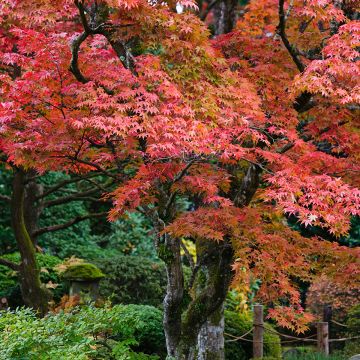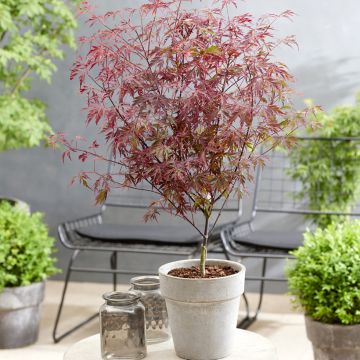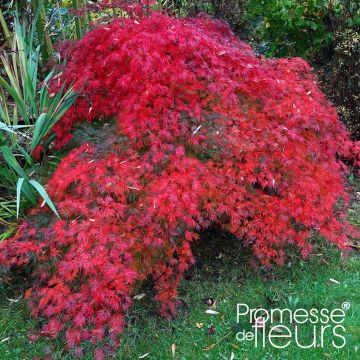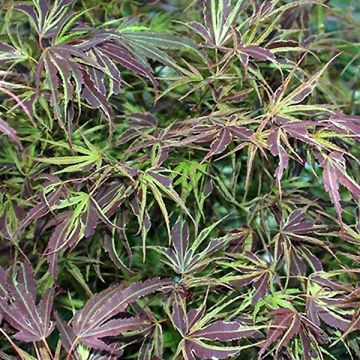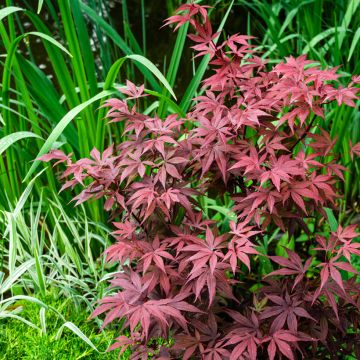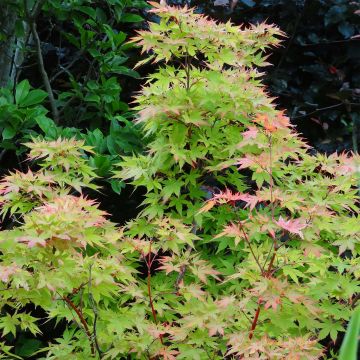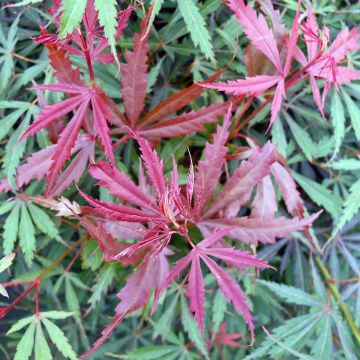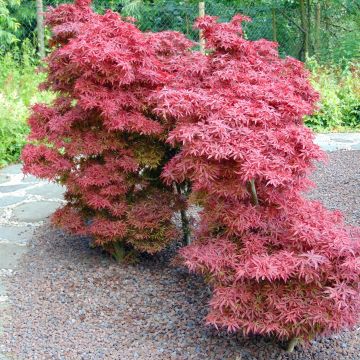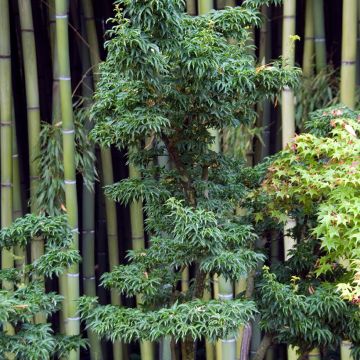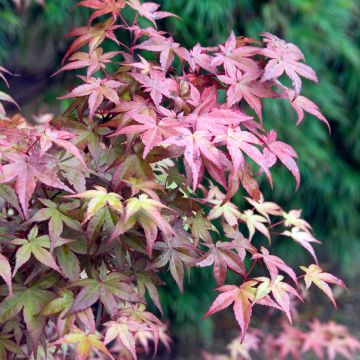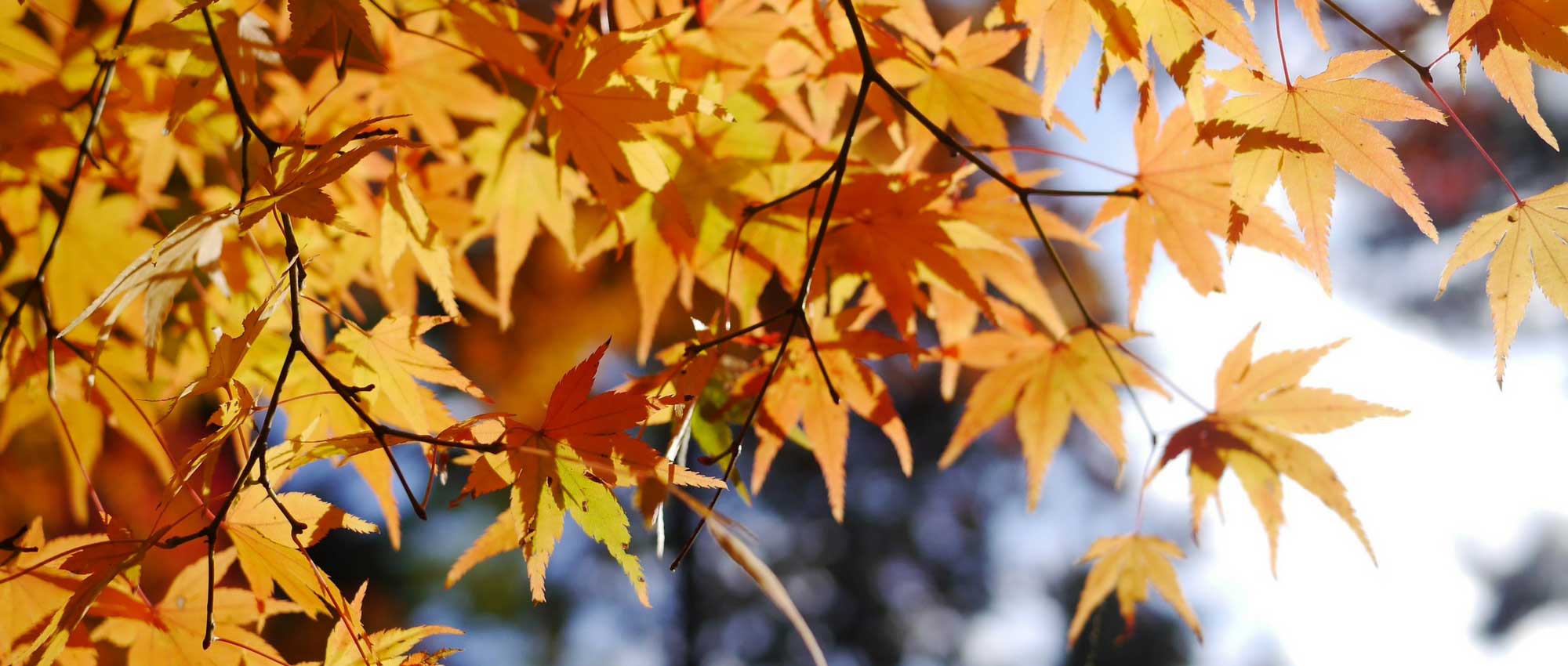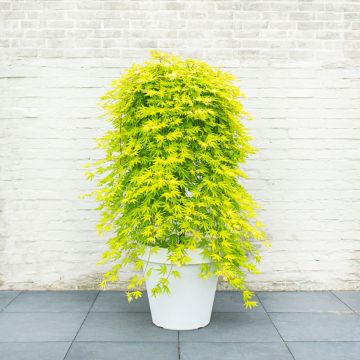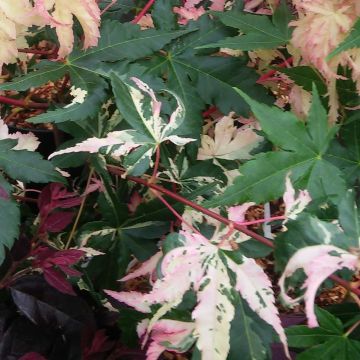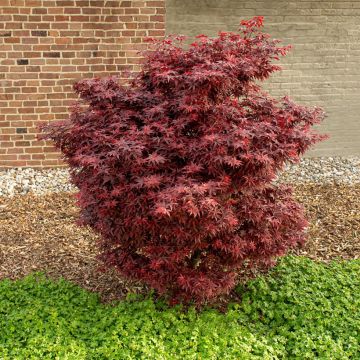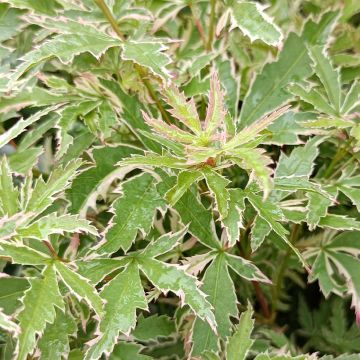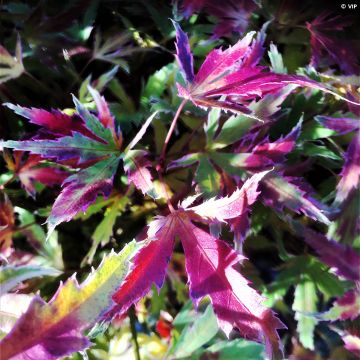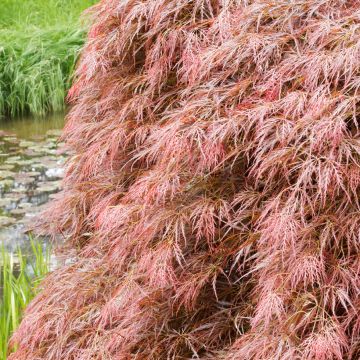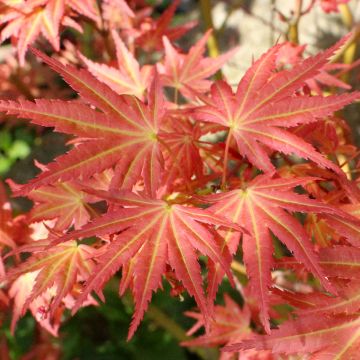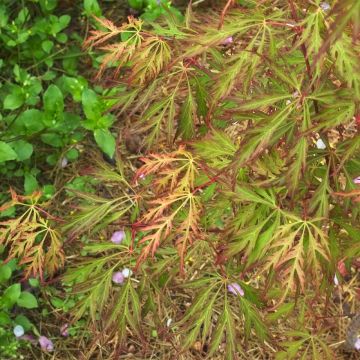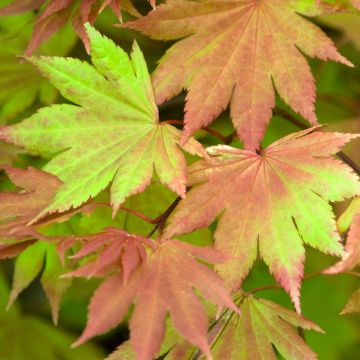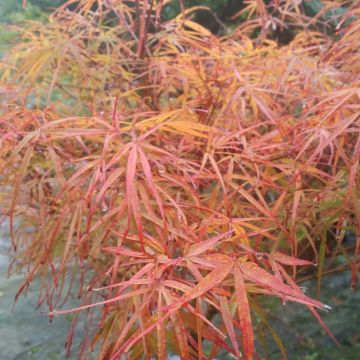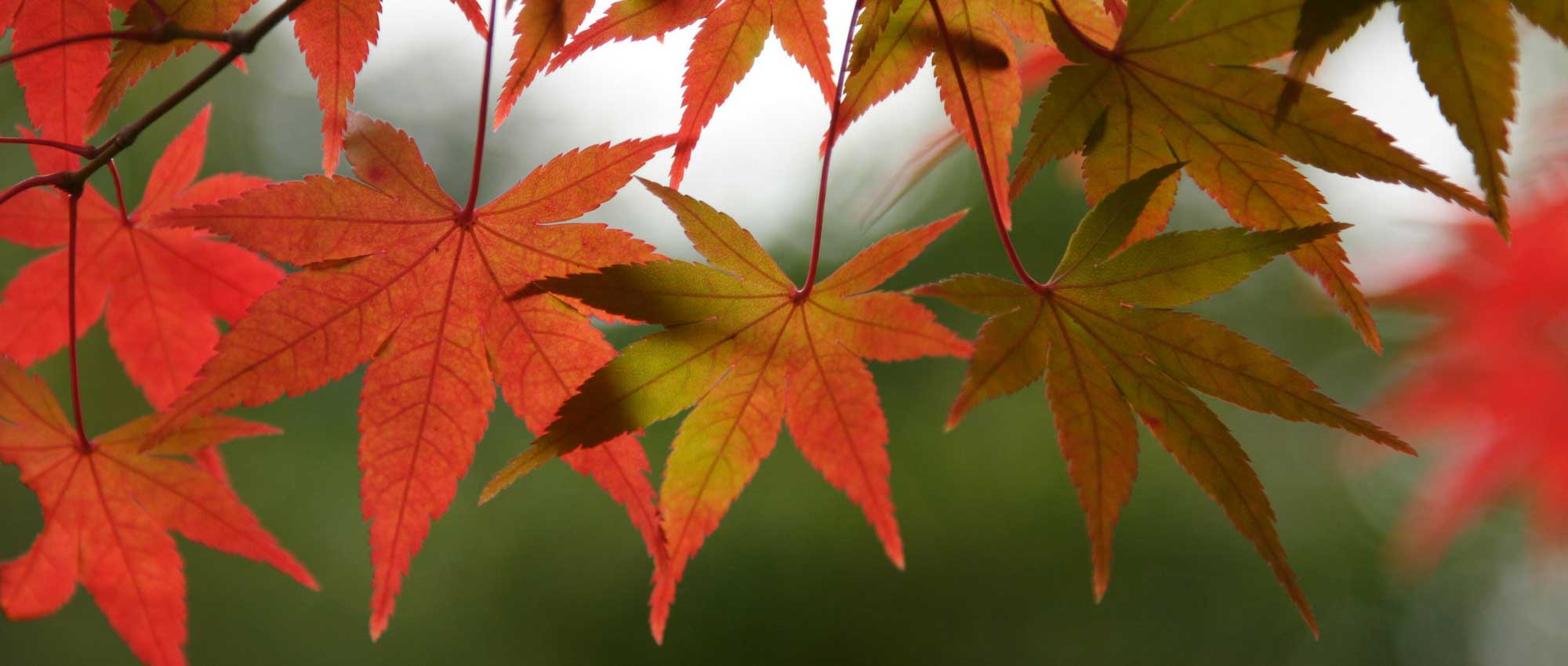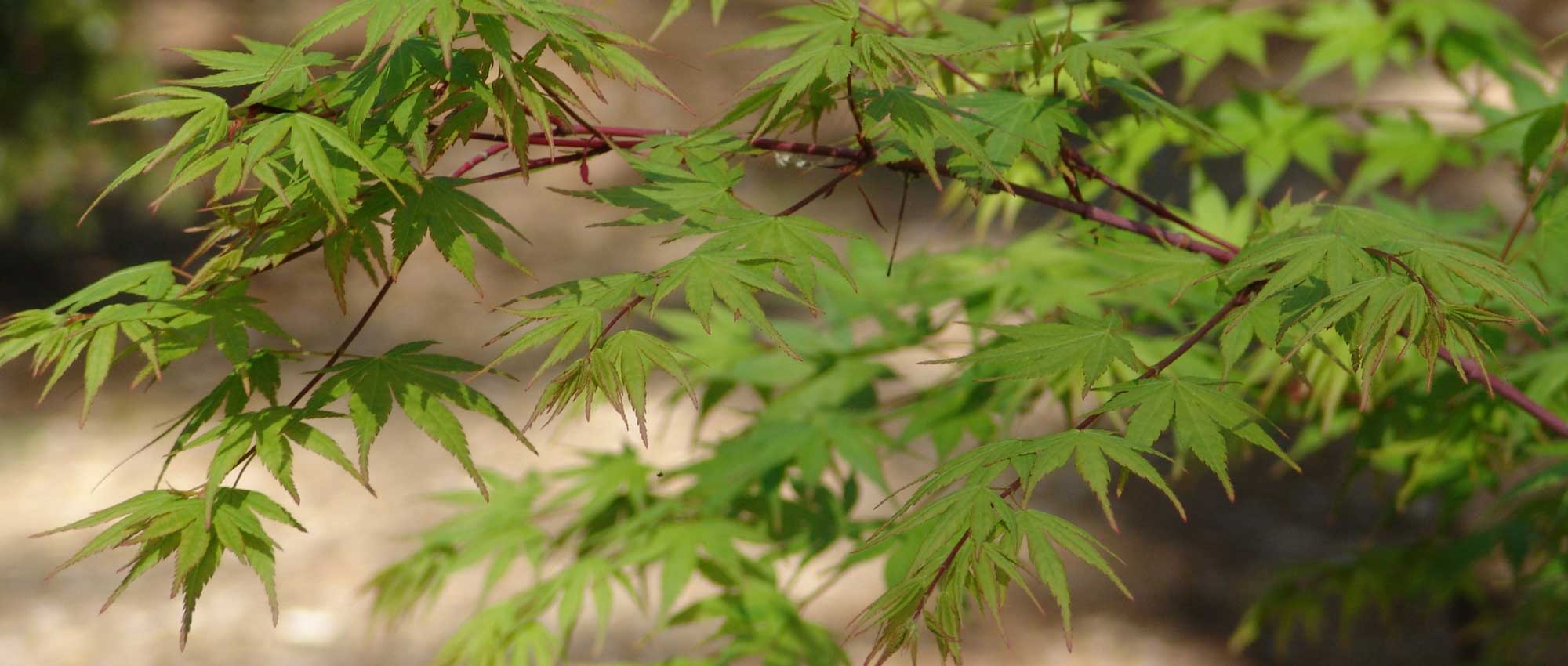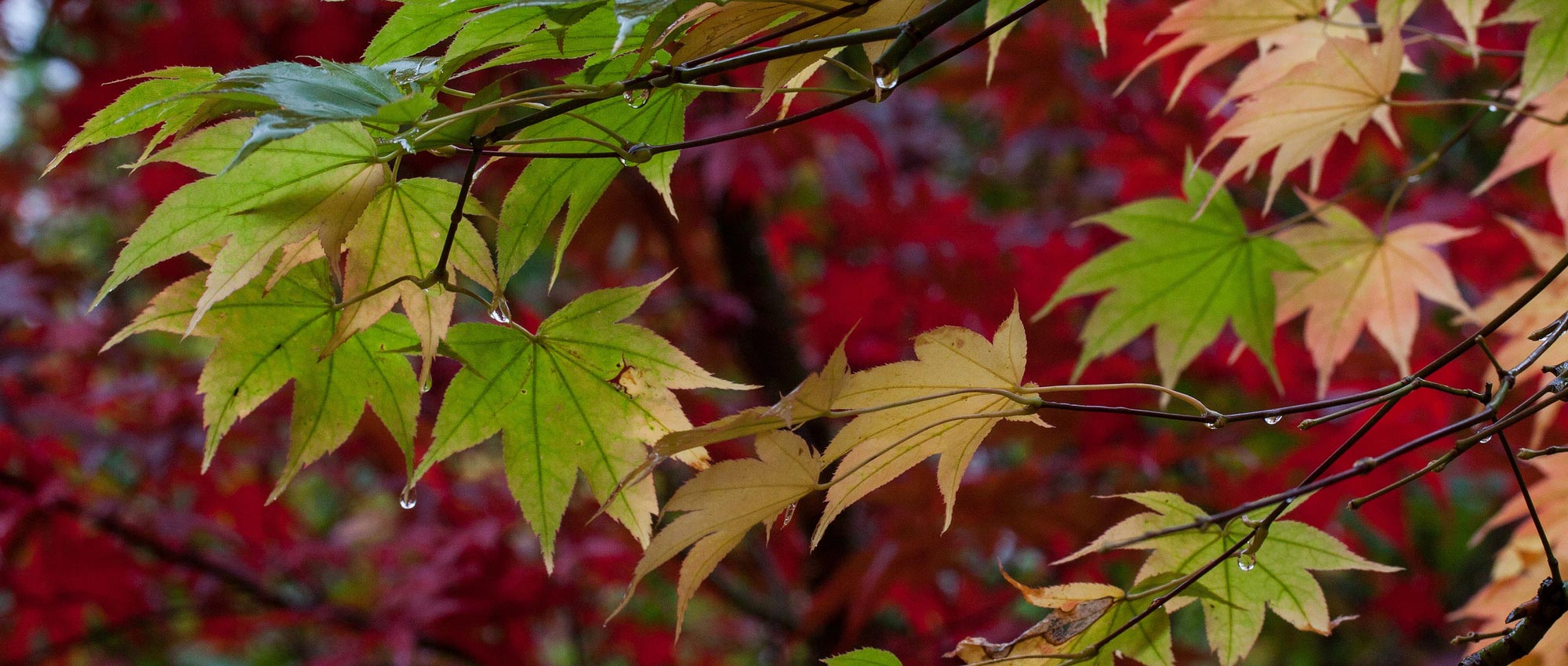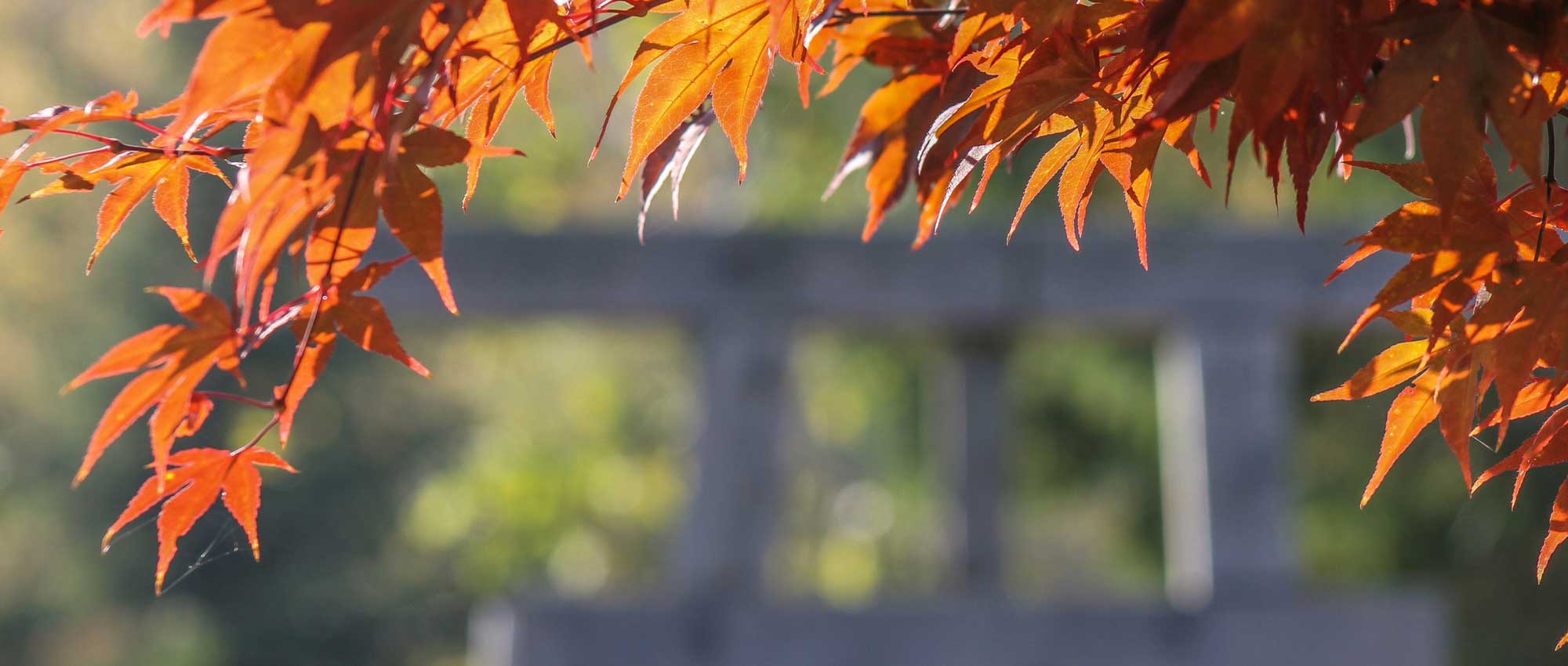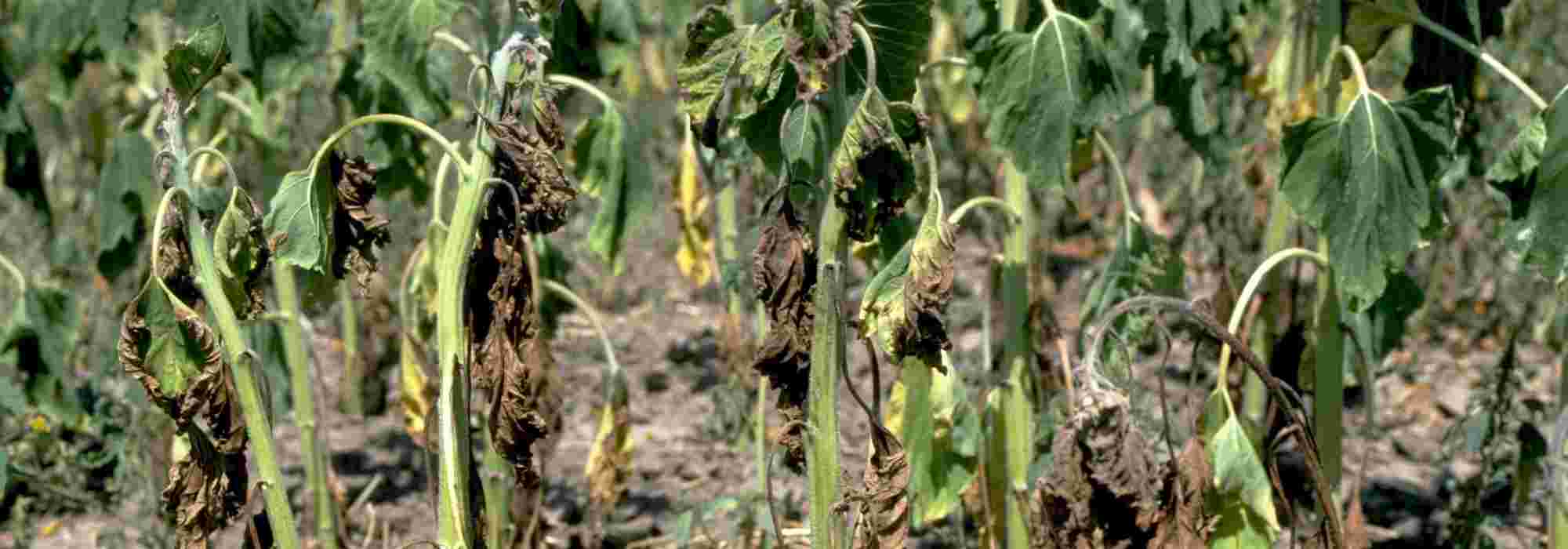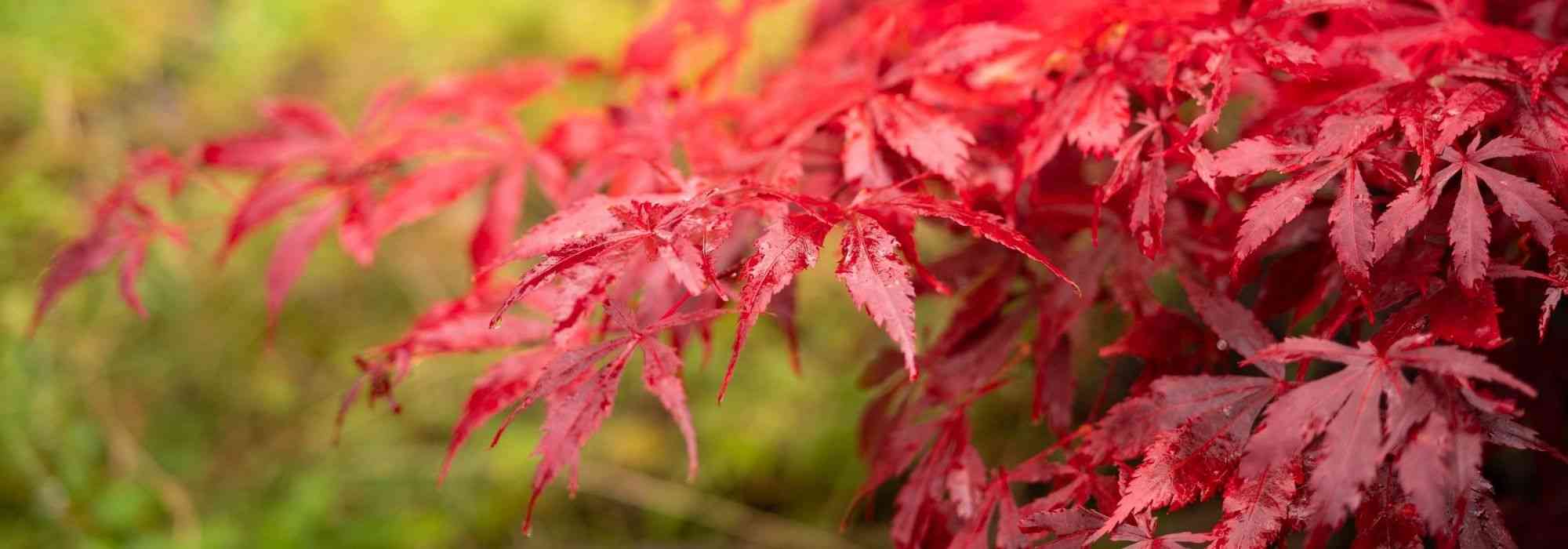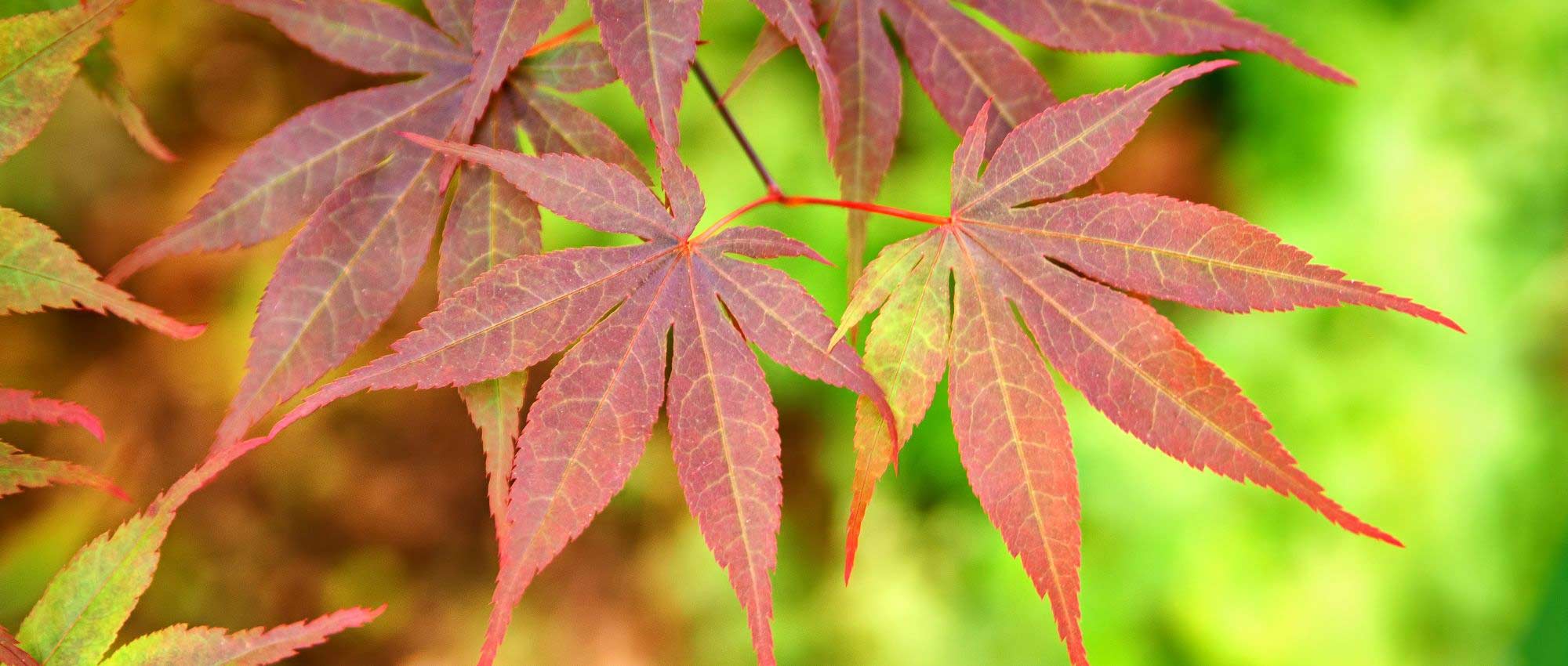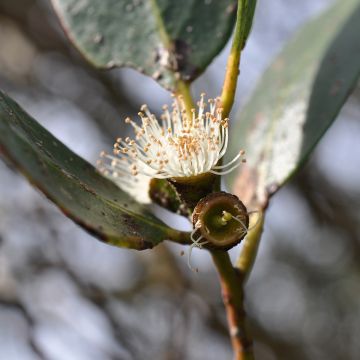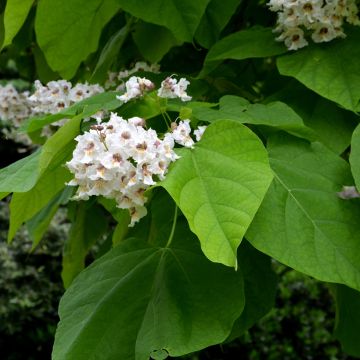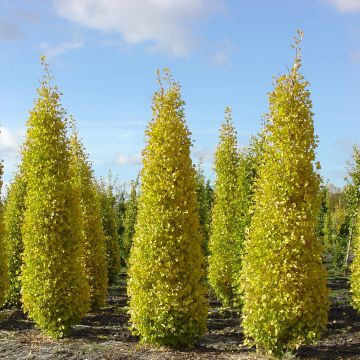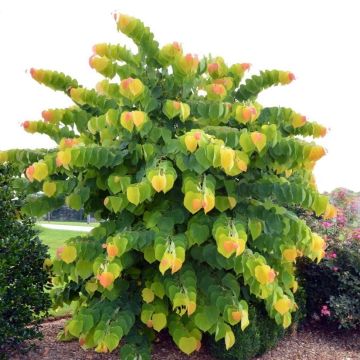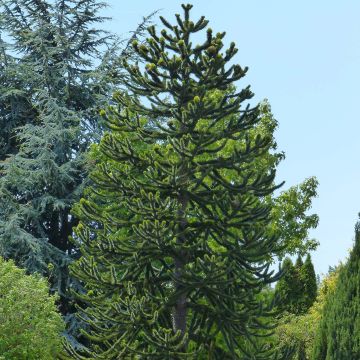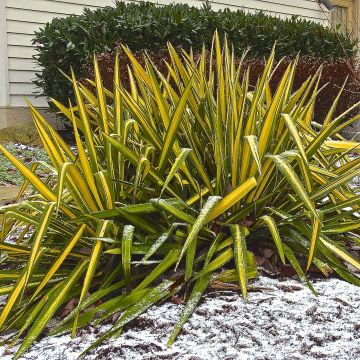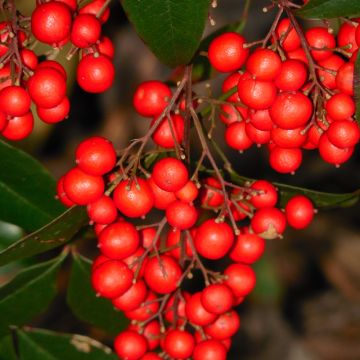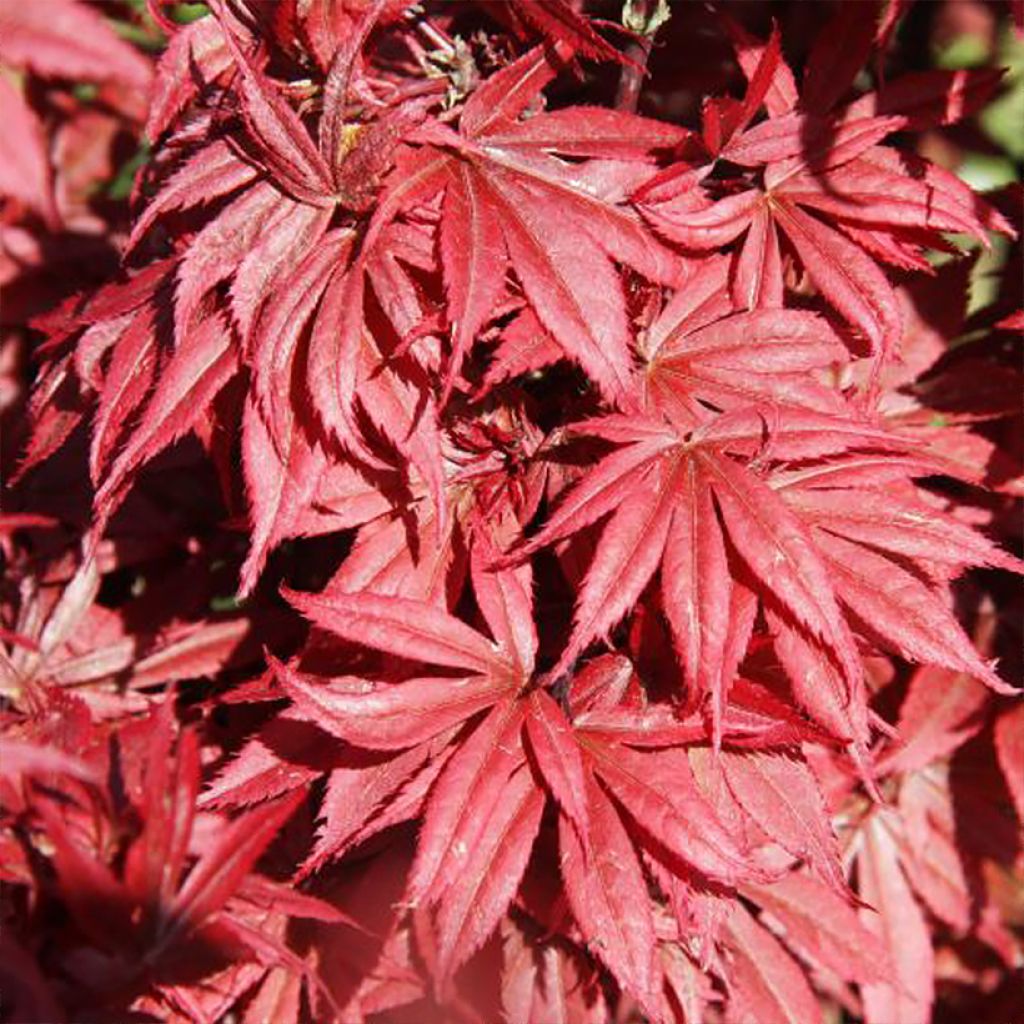

Erable du Japon - Acer palmatum Brandt’s Dwarf
Acer palmatum Brandt’s Dwarf - Japanese Maple
Acer palmatum Brandt’s Dwarf
Japanese Maple, Palmate Maple
Hello, received the maple tree, but upside down, taken out of its pot with the soil and a good handful of leaves missing... Now it's just a matter of crossing our fingers that it won't suffer any long-term effects!
Paul, 30/10/2023
Special offer!
Receive a €20 voucher for any order over €90 (excluding delivery costs, credit notes, and plastic-free options)!
1- Add your favorite plants to your cart.
2- Once you have reached €90, confirm your order (you can even choose the delivery date!).
3- As soon as your order is shipped, you will receive an email containing your voucher code, valid for 3 months (90 days).
Your voucher is unique and can only be used once, for any order with a minimum value of €20, excluding delivery costs.
Can be combined with other current offers, non-divisible and non-refundable.
Why not try an alternative variety in stock?
View all →This plant carries a 24 months recovery warranty
More information
We guarantee the quality of our plants for a full growing cycle, and will replace at our expense any plant that fails to recover under normal climatic and planting conditions.

Does this plant fit my garden?
Set up your Plantfit profile →
Description
Acer palmatum 'Brandt's Dwarf' is a small variety of Japanese maple, highly valued for its colourful foliage throughout the season. In spring, the young leaves are purple. In summer, they gradually turn dark red, and when autumn arrives, it's a blaze of orange and scarlet red. This small bush remains compact, making it easy to grow in a beautiful decorative pot to enhance a shaded terrace. In the ground, it will need a sun-protected exposure; if possible, place under the shade of a tree to maintain a certain atmospheric humidity. It prefers moist, non-calcareous soil.
Native to eastern China, Korea, and Japan, Acer palmatum is the origin of a multitude of horticultural varieties that rival each other in beauty. The Japanese maple now belongs, like all maples, to the Sapindaceae family (formerly classified Aceraceae). Acer palmatum forms small trees with graceful habits and deeply palmate leaves. Highly appreciated for its foliage, it has been cultivated for several hundred years in Japan, in gardens or trained as bonsai.
Acer palmatum 'Brandt's Dwarf' is a slow-growing shrub. After 10 years, it will reach about 1.5m (5ft) in height and 1m (3ft) in width. Its graceful habit is both erect and bushy. It has the same characteristic leaves as the species, that is to say, palmate, deeply cut, and with a smooth surface. In spring, they have a beautiful purple colour that evolves into dark red during summer. Then in autumn, the foliage turns orange or scarlet red before falling to the ground.
Acer palmatum 'Brandt's Dwarf' is not strictly speaking an acid-soil plant, but it prefers humus-rich and moisture-retaining soils. It can grow in acidic to neutral soil, but not calcareous, as it may develop chlorosis. Fearing atmospheric dryness, it thrives in oceanic climates, provided it is protected from wind and afternoon sun.
Its small size and hardiness (around -20°C (-4°F)) allow its cultivation almost everywhere, except in hot and dry climates where its foliage may suffer. It is easy to combine in borders where it should be placed in the foreground due to its small size. To stay in a Japanese spirit, you can plant it with sumptuous Camellias, charming Pieris, or Japanese Andromeda, whose early bells celebrate spring. There is a wide choice in this register, including lesser-known shrubs such as Kalmias with unique flowers, whose size and slow growth are comparable to those of 'Brandt's Dwarf', or Enkianthus campanulatus with charming bell-shaped flowers.
Acer palmatum Brandt’s Dwarf - Japanese Maple in pictures
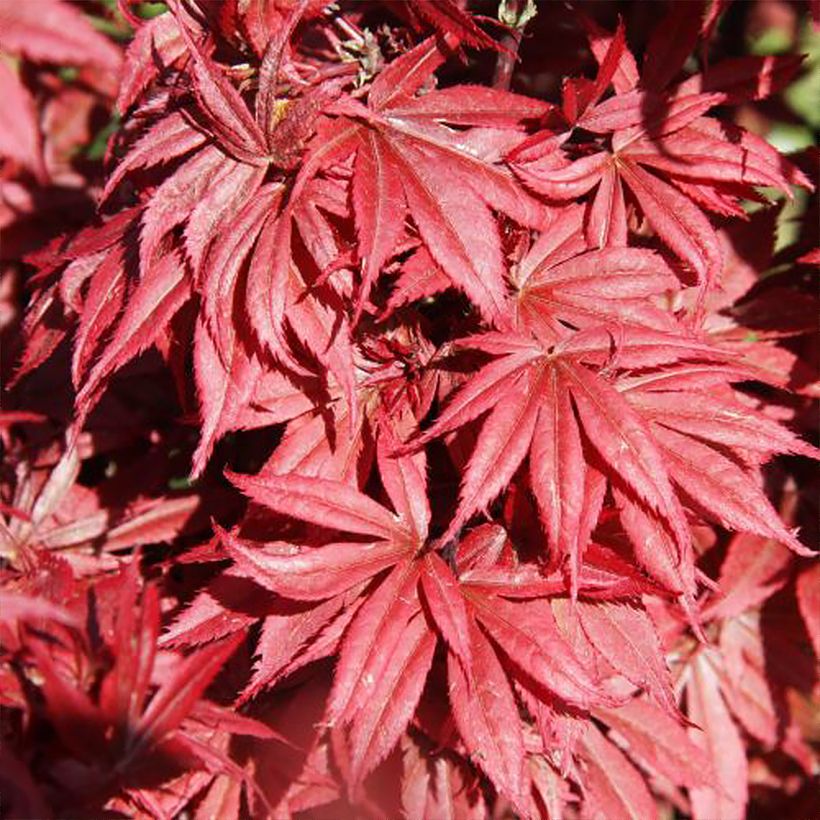

Plant habit
Flowering
Foliage
Botanical data
Acer
palmatum
Brandt’s Dwarf
Sapindaceae
Japanese Maple, Palmate Maple
Cultivar or hybrid
Other Japanese Maples
View all →Planting and care
Plant in spring or autumn in preferably acidic, moist but not wet, deep, loose and well-drained soil, in a semi-shaded or shaded position, sheltered from cold and dry winds. Soak the root ball in a bucket of water for fifteen minutes before planting. Dig a hole 50cm (20in) in all directions, and mix an acidic planting compost, such as ericaceous soil, with the existing soil.
The Verticillium disease that affects many Japanese maples will develop less easily in substrates that dry out between waterings, which this variety tolerates very well. Add a significant amount of organic matter every 3 years to ensure a good humus content in the soil. Mulch the soil if necessary and spray the foliage in the evenings during hot weather. Winter pruning is limited to balancing the branches. Treat against scale insects and Verticillium.
Planting period
Intended location
Care
Planting & care advice
-
, onOrder confirmed
Reply from on Promesse de fleurs
Similar products
Haven't found what you were looking for?
Hardiness is the lowest winter temperature a plant can endure without suffering serious damage or even dying. However, hardiness is affected by location (a sheltered area, such as a patio), protection (winter cover) and soil type (hardiness is improved by well-drained soil).

Photo Sharing Terms & Conditions
In order to encourage gardeners to interact and share their experiences, Promesse de fleurs offers various media enabling content to be uploaded onto its Site - in particular via the ‘Photo sharing’ module.
The User agrees to refrain from:
- Posting any content that is illegal, prejudicial, insulting, racist, inciteful to hatred, revisionist, contrary to public decency, that infringes on privacy or on the privacy rights of third parties, in particular the publicity rights of persons and goods, intellectual property rights, or the right to privacy.
- Submitting content on behalf of a third party;
- Impersonate the identity of a third party and/or publish any personal information about a third party;
In general, the User undertakes to refrain from any unethical behaviour.
All Content (in particular text, comments, files, images, photos, videos, creative works, etc.), which may be subject to property or intellectual property rights, image or other private rights, shall remain the property of the User, subject to the limited rights granted by the terms of the licence granted by Promesse de fleurs as stated below. Users are at liberty to publish or not to publish such Content on the Site, notably via the ‘Photo Sharing’ facility, and accept that this Content shall be made public and freely accessible, notably on the Internet.
Users further acknowledge, undertake to have ,and guarantee that they hold all necessary rights and permissions to publish such material on the Site, in particular with regard to the legislation in force pertaining to any privacy, property, intellectual property, image, or contractual rights, or rights of any other nature. By publishing such Content on the Site, Users acknowledge accepting full liability as publishers of the Content within the meaning of the law, and grant Promesse de fleurs, free of charge, an inclusive, worldwide licence for the said Content for the entire duration of its publication, including all reproduction, representation, up/downloading, displaying, performing, transmission, and storage rights.
Users also grant permission for their name to be linked to the Content and accept that this link may not always be made available.
By engaging in posting material, Users consent to their Content becoming automatically accessible on the Internet, in particular on other sites and/or blogs and/or web pages of the Promesse de fleurs site, including in particular social pages and the Promesse de fleurs catalogue.
Users may secure the removal of entrusted content free of charge by issuing a simple request via our contact form.
The flowering period indicated on our website applies to countries and regions located in USDA zone 8 (France, the United Kingdom, Ireland, the Netherlands, etc.)
It will vary according to where you live:
- In zones 9 to 10 (Italy, Spain, Greece, etc.), flowering will occur about 2 to 4 weeks earlier.
- In zones 6 to 7 (Germany, Poland, Slovenia, and lower mountainous regions), flowering will be delayed by 2 to 3 weeks.
- In zone 5 (Central Europe, Scandinavia), blooming will be delayed by 3 to 5 weeks.
In temperate climates, pruning of spring-flowering shrubs (forsythia, spireas, etc.) should be done just after flowering.
Pruning of summer-flowering shrubs (Indian Lilac, Perovskia, etc.) can be done in winter or spring.
In cold regions as well as with frost-sensitive plants, avoid pruning too early when severe frosts may still occur.
The planting period indicated on our website applies to countries and regions located in USDA zone 8 (France, United Kingdom, Ireland, Netherlands).
It will vary according to where you live:
- In Mediterranean zones (Marseille, Madrid, Milan, etc.), autumn and winter are the best planting periods.
- In continental zones (Strasbourg, Munich, Vienna, etc.), delay planting by 2 to 3 weeks in spring and bring it forward by 2 to 4 weeks in autumn.
- In mountainous regions (the Alps, Pyrenees, Carpathians, etc.), it is best to plant in late spring (May-June) or late summer (August-September).
The harvesting period indicated on our website applies to countries and regions in USDA zone 8 (France, England, Ireland, the Netherlands).
In colder areas (Scandinavia, Poland, Austria...) fruit and vegetable harvests are likely to be delayed by 3-4 weeks.
In warmer areas (Italy, Spain, Greece, etc.), harvesting will probably take place earlier, depending on weather conditions.
The sowing periods indicated on our website apply to countries and regions within USDA Zone 8 (France, UK, Ireland, Netherlands).
In colder areas (Scandinavia, Poland, Austria...), delay any outdoor sowing by 3-4 weeks, or sow under glass.
In warmer climes (Italy, Spain, Greece, etc.), bring outdoor sowing forward by a few weeks.






























